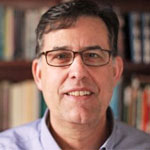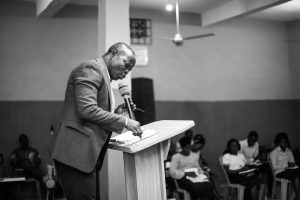If one tries to locate a manual on developing leadership for church planting and revitalization in the book of Acts, he may experience a level of frustration.[1] Luke focuses on particular geographical and personal details in his narrative without thought, it seems, for filling in the gaps on leadership development.[2] Who planted the churches in Lydda and Joppa? He does not tell us, so we are left guessing the church planters’ identities. Who mentored Philip so that he became an effective church planter? What kind of training regiment did his mentor follow in preparing him to do cross-cultural church planting? How long did Titus travel with Paul; what did the apostle teach him? Again, Luke did not bother to include these matters since his greatest concern centered on selective details to demonstrate the apostolic witness throughout the Roman Empire.[3]
Despite the lack of details on leadership development in Acts, the previous four posts that we have considered in Luke’s narrative leaves us to draw a number of conclusions.
(1) Wherever people responded to the gospel churches began.
(2) Gospel witnesses other than the major personalities in Acts also engaged in planting churches.
(3) Although Luke mentions no program of training, it appears obvious that early church planters learned from Christian mentors the apostolic doctrine, basic elements of ecclesiology and polity, development of relationships—especially in churches populated by Jews and Gentiles—and maintaining the integrity of the gospel and the church.[4]
(4) Just as with Jesus, the early leaders of the church worked in teams to further the gospel throughout the empire.[5] Younger, less experienced workers, such as Timothy and Titus, profited from “on-the-job-training” under the tutelage of more experienced Christian leaders.
(5) As been shown with Philip, Barnabas, and Silas, much of this training took place within the fellowship of the local church, so that the church forged their understanding of the gospel and ecclesiastical application.[6] Churches planted by Paul, Barnabas, and Silas developed and sent out workers to accompany Paul in his missionary efforts. An unmistakable connection remained with the home church that trained and sent workers into the harvest.
(6) Mentors like Paul and Silas modeled suffering for the sake of the gospel as a normal part of expanding Christ’s kingdom.
(7) Churches networking together, sending out leaders for strategic ministry with Paul, gave a pattern for unified church mission in post-apostolic days. This same pattern can be noted in the epistles of Ignatius a generation or more later.[7]
(8) Both Peter and Paul modeled cross-cultural work for those under their tutelage, a lesson essential for their protégés continuing gospel expansion in the Gentile world.
The details of Luke’s Acts, often mentioned briefly, remind twenty-first century churches that the local church still has the responsibility to train and send workers into the gospel harvest. Church planting and revitalization requires leadership honed and shaped in the local church through faithful mentors.
Phil A. Newton




















